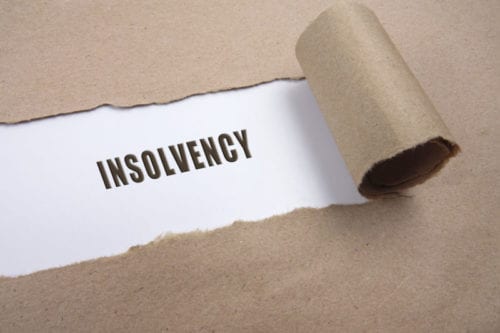The new year is bringing with it a new set of rules for Insolvency Practitioners. Jonathan Finn, a Solicitor within our Company and Commercial department, provides a timely reminder of the upcoming changes.
What is the background?
The new Insolvency Rules, which come into force on 6 April of this year, replace the Insolvency Rules 1986 and direct the procedure to be followed when conducting insolvency proceedings. They are an attempt to synchronise insolvency practice with both modern technology and the modern way of doing business.
The Government’s own guidance bears witness to the fact that ‘as business practice has developed, particularly as a consequence of technological advances, amendments to the law have, at times, been slow to follow.’
What do the new Rules entail?
- Where debtors and creditors were corresponding electronically prior to insolvency, this can continue post-insolvency;
- Office-holders can now send creditors a notice, stating that all future documents will be made available online;
- Meetings are removed as the default way of seeking decisions from creditors, although creditors can still request them;allows for a process of ‘deemed consent’ (as long as 10% or more of creditors do not object);
- Final creditors’ meetings are removed (although the office-holder will still need to provide a copy of the final account);
- The new rules entirely do away with statutory forms for use in insolvency proceedings;
- Automatic appointment of Official Receiver as first trustee immediately upon the making of a bankruptcy order.
What is the expected impact of these changes?
First and foremost, they are expected to save costs. The expenses incurred in dealing with insolvency appointments and running cases can be vast, but adjustments such as the process of ‘deemed consent’ and posting documentation online should certainly achieve the Government’s goals in this respect. Creditors are afforded greater flexibility, with the means to handle documents online and avoid innumerable meetings. There certainly seems to be ‘something for everyone,’ with enhanced tools available for streamlining existing insolvency practice.

















